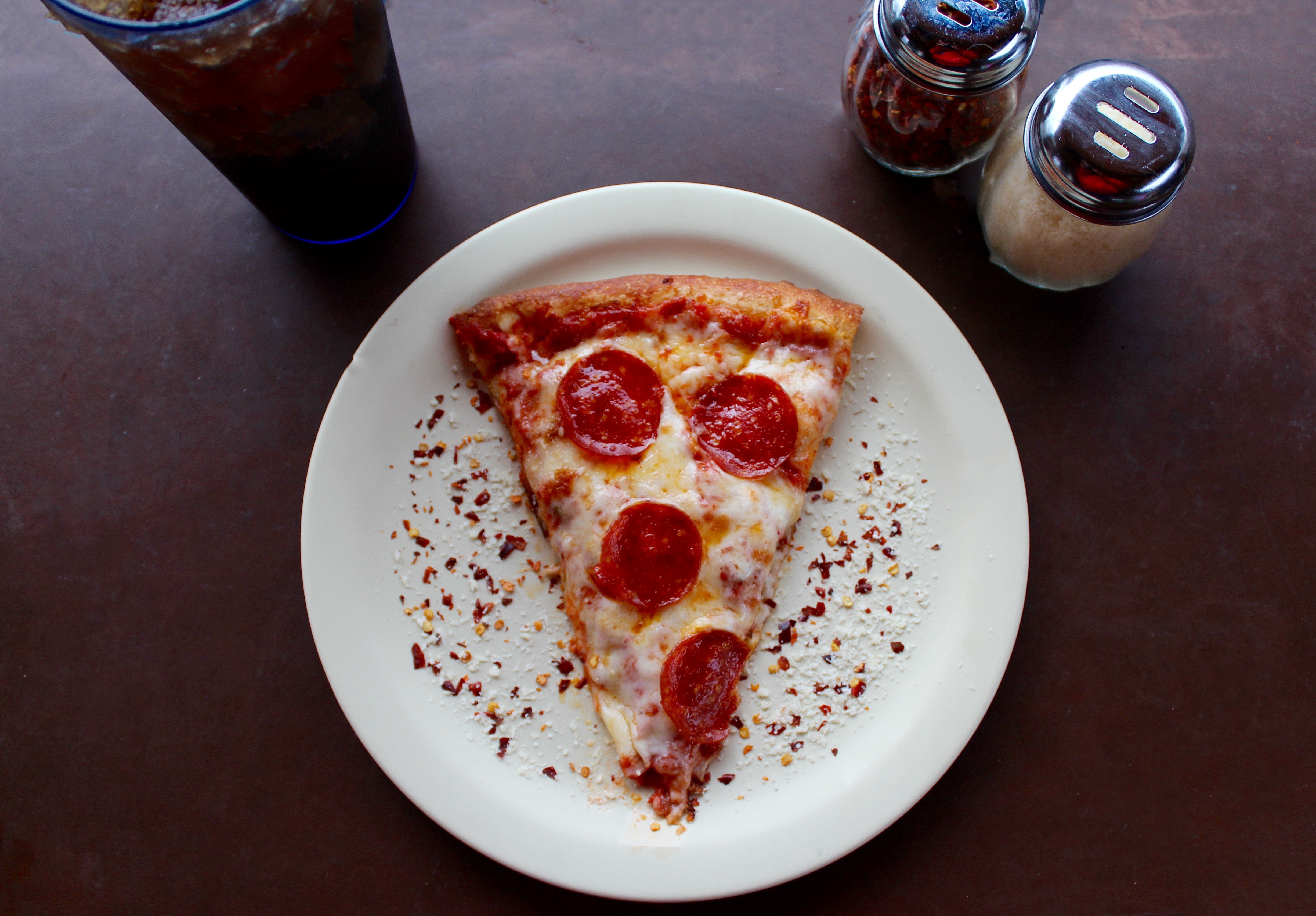Building on the totally tubular authorized, issued, and outstanding shares (pizza slices) post from two weeks ago, this post discusses a simple dilution example to help highlight the basics.
Leonardo’s Pizza Parlor has 5,000,000 Authorized Shares; it has 1,000,000 shares outstanding. Let’s assume you own 100,000 shares of the Company – or 10% of the shares (pizza) that exist and are called for. (100,000 / 1,000,000 = 10%)
The pizza is so great, the Board of Directors wants to raise money and expand the number of parlors. In order to do so, Leonardo’s issues 500,000 additional shares and sells them for $2.00 share to an outside investor, Raphael. Now, there are still 5,000,000 Authorized Shares (that number didn’t change) and 1,500,000 shares issued & outstanding (1,000,000 original shares + 500,000 new investor shares). Because of the new investment from Raphael, your 100,000 shares are now only 6.67% of the company (100,000/1,500,000 = 6.67%). In other words, when the Company issued 500,000 shares, it effectively cut your shares in half, because everyone agreed to save some pizza for the new investor.
If the investment makes Leonardo’s more profitable, the dilution is worth it because each piece of the Company (pizza) is worth more. The “pie gets bigger” is what many people say and conceptualize. If you raise money, dilution is inevitable – its an exercise in percentages – and there is only one pizza!

